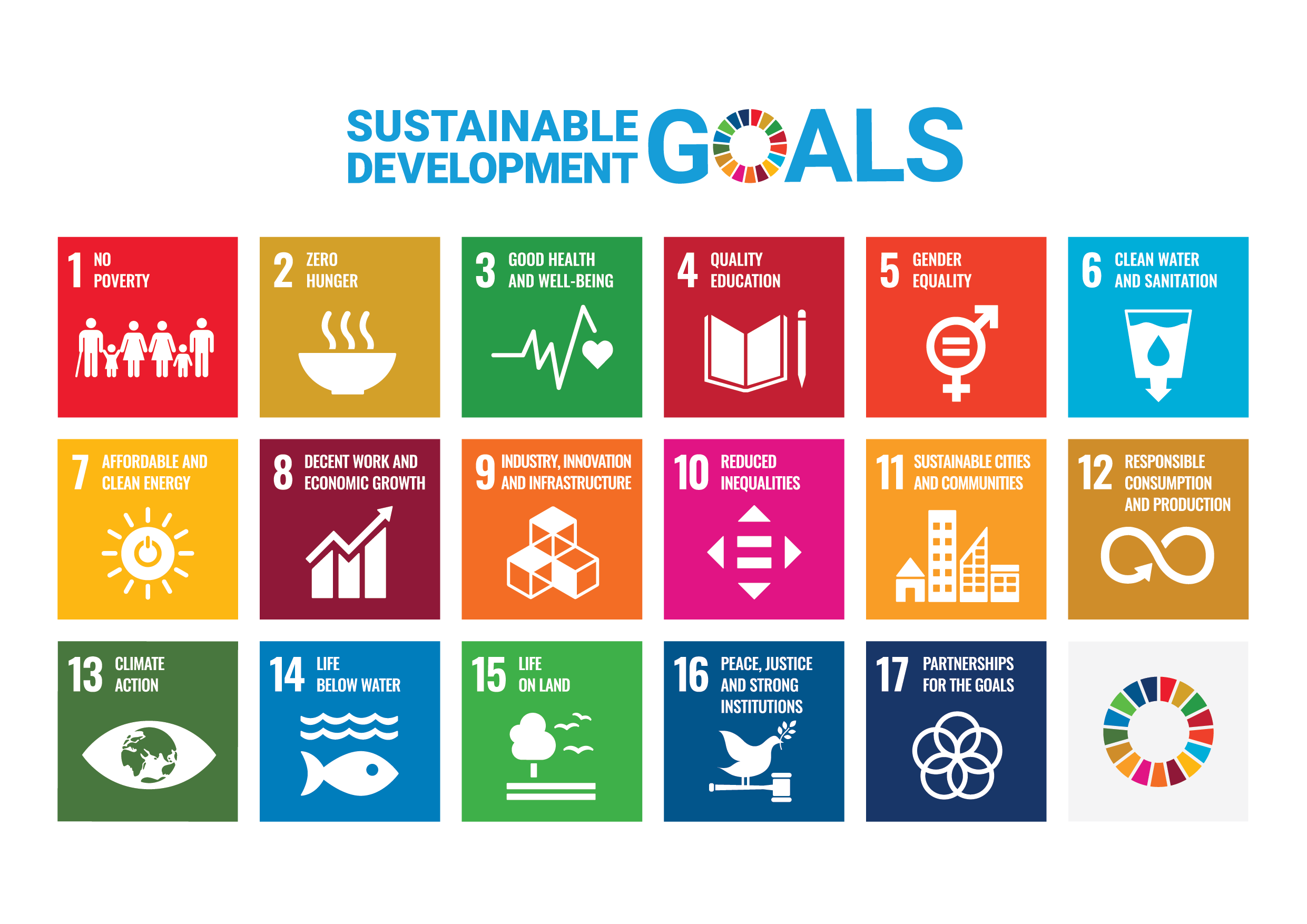
Source: UN High-level Platform on Sustainable Development, 2016.
Key messages
- Due to national priorities and context, there is some overall divergence in where countries put their SDG efforts.
- Approximately 90 % of Eionet countries have some form of focused action related to SDG 6 (water and sanitation), SDG 7 (affordable and clean energy), SDG 11 (sustainable cities and communities), SDG 13 (climate action) and SDG 15 (life on land) (Figure 2).
Type of environmental action:
- For some SDGs, there is convergence in the types of action within the individual SDGs adopted in Eionet countries. For example, in SDG 7, the type of action includes energy efficiency in 77 % of EEA and cooperating countries, whereas in SDG 15, 87 % of countries reported action related to the preservation of biodiversity or halting its loss (see table in the Annex).
- Other SDGs show a greater divergence in actions undertaken by countries, which is likely to reflect the influence of different contexts (e.g. geography and climate influencing water availability) and policy priorities on countries’ choices about what to focus on (see table in the Annex).
Institutional structures:
- Multi-level governance is commonly used for SDG actions in Eionet countries, with almost 70 % of countries adopting an approach that combines at least two spatial levels of governance.
- Interministerial bodies, advisory councils, commissions or working groups to coordinate SDG actions have been established in almost 75 % of Eionet countries, and dialogue with stakeholders and their participation in prioritisation, decision-making and SDG actions can be seen in more than 80 % of countries (Figure 4).
Tracking progress
- Based on current reporting, 95 % of Eionet countries already have or are developing national SDG indicator sets to monitor SDG progress, and by the end of 2020 it is expected that all Eionet countries will have submitted at least one VNR to the UN.
- Based on an analysis by the UN SDSN, the top 10 countries in terms of progress towards the SDGs are all Eionet countries. Eionet countries also represent 20 of the top 25 countries globally progressing towards the SDGs (Figure 5).
Footnotes
[1] The European Environment Information and Observation Network (Eionet) is a partnership network of the EEA and its 38 member and cooperating countries.
Document Actions
Share with others